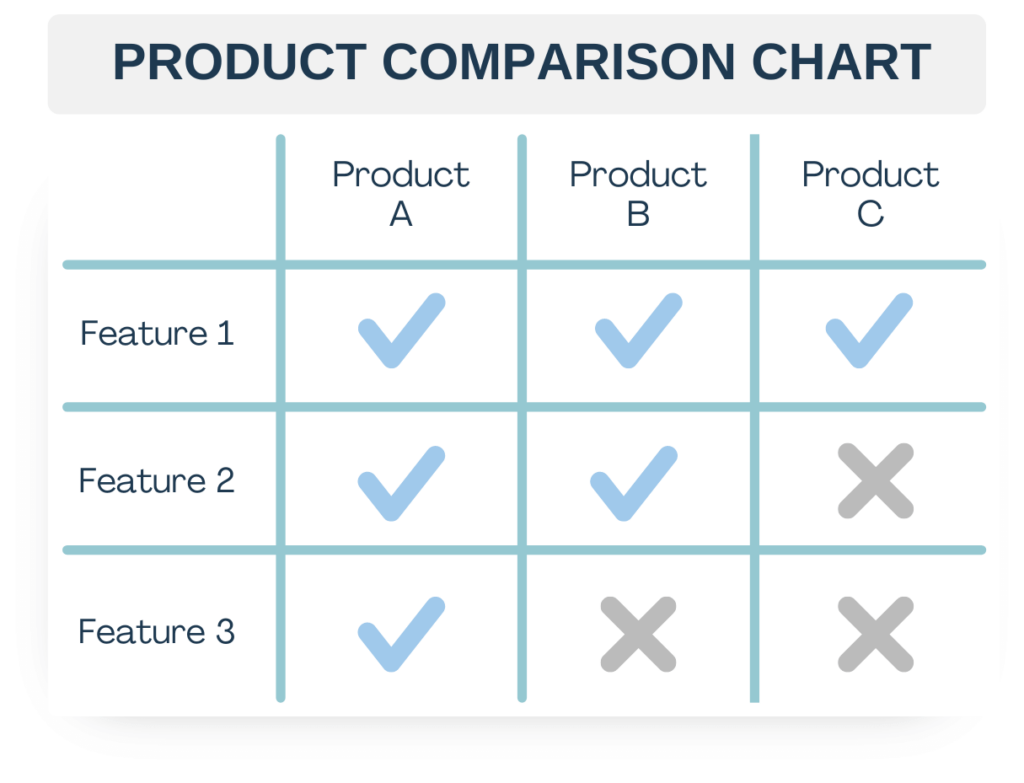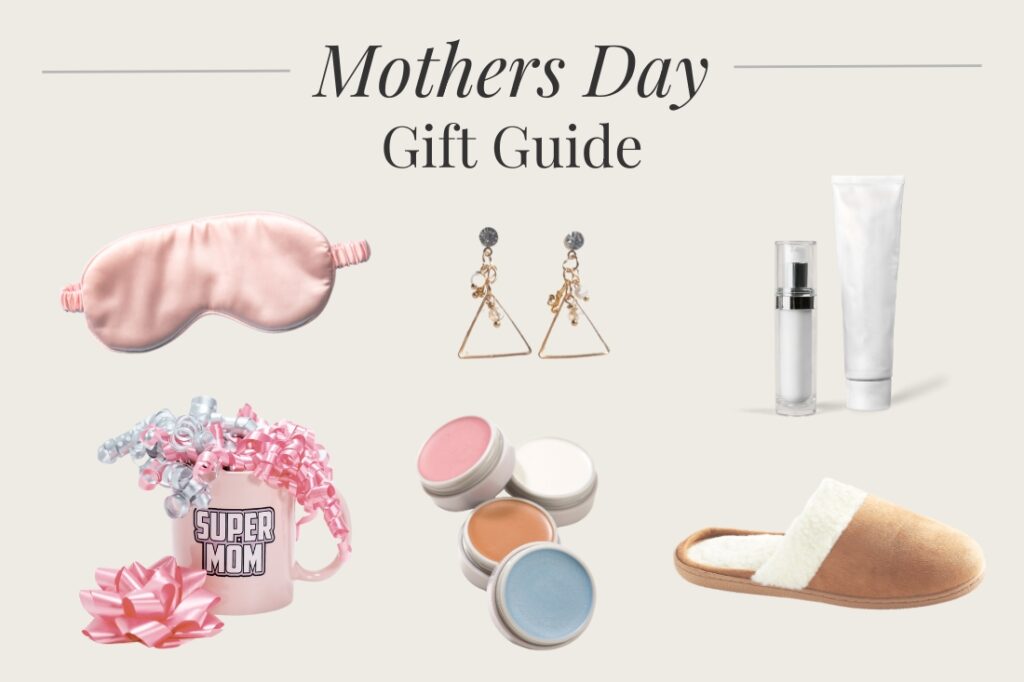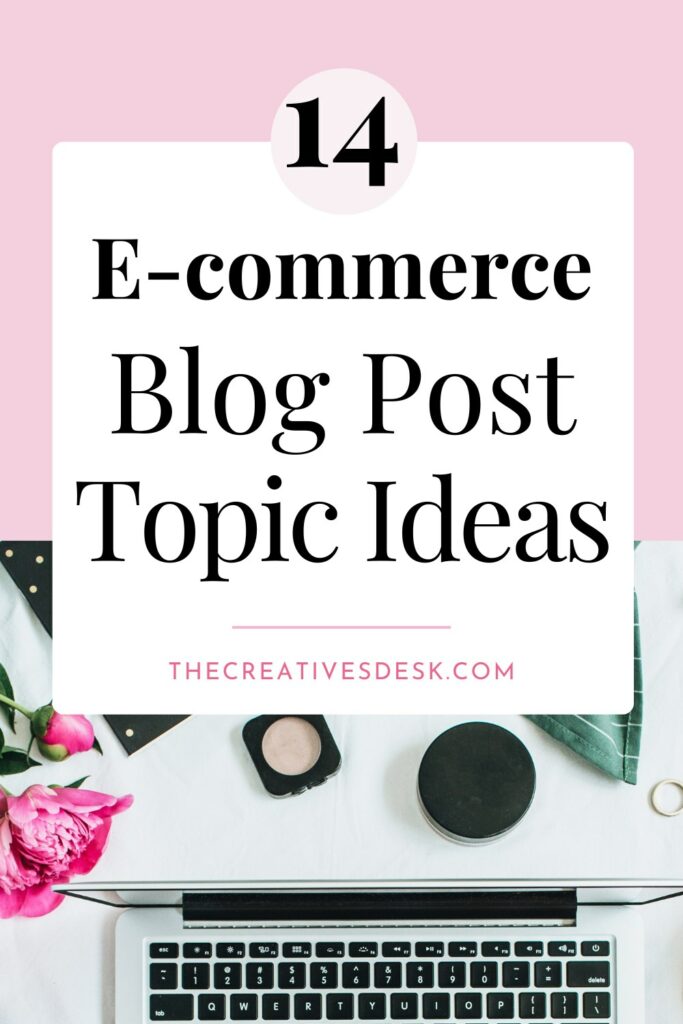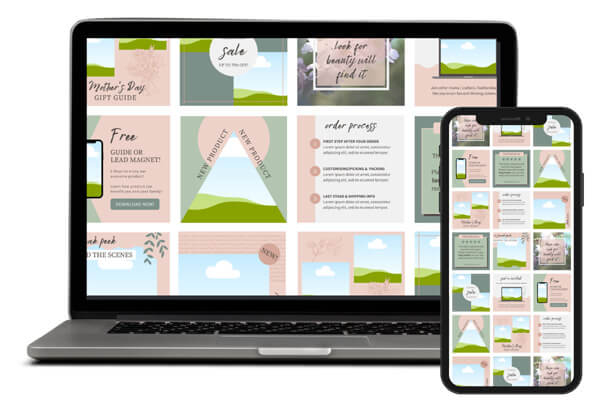

Need some fresh content ideas for your e-commerce blog?
If you sell products, I’m sure you agree that having a blog is essential to having an effective content marketing strategy for your e-commerce business.
Having blog content can help you nurture your potential and existing customers and establish yourself as an authority in your industry. Plus, it provides content you can repurpose for your social media and emails – strengthening your brand’s presence across multiple platforms.
Having a blog that has a variety of content also boosts your search engine optimization (SEO) increasing chances of getting traffic from Google, for example. The more topical keywords that each of your blog posts talks about, the more likely you’ll rank for those terms and grow your organic search traffic for your online shop.
Having a variety of different blog post content types and topics ensures that you cater to the different interests within your audience, keeping them engaged and more likely to bookmark your site and return.
Using my background in digital marketing and experience running my own e-commerce store, The Creatives Desk, I’ve curated this list of blog post ideas to help inspire you with your e-commerce blogging strategy.
The following ideas are ideal for e-commerce brands, makers, and any business that sells physical or digital products, whether they operate in the B2C or B2B space.
Read on for 14 in-depth ideas!
How-to posts are always popular, as they provide valuable product usage information, usually in a step-by-step format that customers can follow to help them use a product or one of its features.
You can provide your audience guides on how to use your product go into detail and include images and video – something you can’t include on the packaging or printed instructions.
It doesn’t have to be purely practical or educational content; you can write style guides, recipe formats and information about how your product can be paired with other complementary products.
Product review blog posts are a great way to introduce new products to your audience and show them what they can expect.
These types of posts can include much more information in general, because importantly it’s not a sales page. So drop any overly persuasive copy and instead focus on expanding on the features and benefits (you can always link to a sales page).
However, why not let others do the selling for you by including customer testimonials and comments. This also helps to build trust with your audience, as they can see that you’re not just out to make a quick sale.
Partnering with bloggers and influencers is one really good way to quickly accumulate product reviews; you can then go on to quote what they’ve said and share their content on your own blog.
They say that indecisive people don’t buy, so that’s why this type of blog post can help you increase sales.
In this type of e-commerce blog post, you can directly compare two or three similar products – writing about their pros and cons, and of course the key differences between them.
You could include visuals like the example product comparison chart below to help people compare features.

A lot of the sales process is solving pain points, and if you can show your audience that one of your products is the best way to solve a particular problem, then your job is done!
Ultimately, product comparison blog posts help your customers make the decision to purchase one over the other.
This blog post topic is a great way to humanize your brand and help your audience (your customers!) get to know you better.
You can detail the processes you go through when creating your products, share how the product is customized, or allow them to get a glimpse into the order and packaging process.

If you take part in markets or events you could share the process of setting up your stall. People love to see how things come together!
A day in the life of a business owner is often fascinating for people too – we all love escapism, and being able to see what other people get up to in their job is something that interests a lot of people!
Every industry is ever-changing: this has never been as clear as it is now. Keep an eye on any new trends or incoming information related to your niche or industry, and create blog posts related to these.
You can discuss how they’ll affect your business in particular, as well as how any new trends will impact the industry as a whole. Use quotes from experts, and be sure to give your own (nuanced and backed-up) opinions on the topic or situation at hand.
This is an ideal way of getting blog content for your e-commerce website without having to take too much time out to write it yourself, and of course it will help your audience better understand the industry and why they need your product or service.
Industry experts obviously have a lot of knowledge and will be able to provide in-depth information about the type of niche that your business is in.
Check out the guest posts section on The Creatives Desk blog!
Don’t miss this free resource download 👇
Free Social Media Captions & Ideas for Product-Based Businesses
These are often easy to write as you can choose a collection of your products to feature with a theme. It could be gifts for a particular type of person: new parents, for example, or friends, colleagues, teens, in-laws etc.
These gift guides can also be written for those buying for people who love certain things like cats, motorbikes, baking or running and so on.
Gift guide blog posts are great all year round when people are looking for birthday presents, but of course they do particularly well seasonally like at Christmas or Valentine’s Day, Mother’s/Father’s Day, Hanukkah and other special occasions when a mass amount of people are looking to buy gifts.

Gift guide blog posts can be fairly generic like ‘Christmas gifts for women’) or very specific such as ‘Hanukkah gift ideas for 13-year-old vegan girls who love cats.’
In fact, the more specific your gift guides the better as highly niche subject posts like that are usually particularly good for SEO.
Giveaways, free stuff and competitions are a great way to attract a wider (new!) audience. You can write about what they could win or how to access the freebie. Remember to add all the information on what they should do and of course the all-important terms and conditions.

Chances are, a lot of the people who will come across your giveaway will be new to your audience and may never have heard of your brand before, so you want to give them the chance to get to know you!
Your giveaway doesn’t have to be a limited-time offer. You can create a permanent free resource that people can download right from the blog post.
This type of evergreen giveaway works even better if you get other brands in your niche to contribute and share the post. Here’s an example of a business expert giveaway post that I turned into a freebie resources page to include all the contributors.
Giveaways of any sort are a great way to get people on your email list and the easiest way to do that is to host the giveaway entry form on a blog post.
For tips on growing your email list check out my blog post all about e-commerce email marketing.
Even if you don’t have staff in your business you can still create this type of blog post.
One way is asking any influencers or brand ambassadors you work with to share their top picks or their favourite product of yours; you can even ask your friends, family or social media followers and turn the answers into a blog post.
When someone has been featured on your blog with their favourite picks, they may even share the article a few times on their social media accounts which means it will travel even further and expose you to more people!
Social proof like customer stories and case studies featuring your customers, is one of the most effective forms of marketing for your product business.
As with product reviews, this type of blog post is great for building trust with your audience and creating a human connection.
Case studies enable you to show off your e-commerce business’ success! They go more in depth than product reviews do, allowing you to add storytelling elements and your own take on how your product has improved something or solved a problem for a customer.

A key part of sales is finding pain points and solving them – case studies, along with well-rounded customer stories, allow you to showcase exactly how your product does that.
For an example of a product case study, have a read of the following social media content creation case study or this custom Canva template design service case study.
This is slightly different to the above as you’re not quoting from individual customers but answering the frequency asked questions of customers. Again, though, it shows that there are real humans who connect with your business and use your products!
Even if your website has a frequently asked questions (FAQ) page, you can also answer them in a blog post. Unlike your FAQ page, here you can go into much more detail, add more images and use a less formal tone in your answers.
Customers often like to share the products they’ve bought with their friends and followers on social media through photographs and/or video content with captions.
You can even encourage your customers to send you their pics in your post-purchase emails, letting them know there’s a chance their content will make it onto your blog!
Sharing customer-created content this way is a fantastic way to thank your customers and promote loyalty, plus it encourages future customers to share their own content in the hope of getting featured themselves.
We all love to be entertained, and these types of blog posts will often be the post that gets shared the most!

You can include GIFs, like this shopping-themed one, as well as memes or inspiring quotes.
This type of blog post allows you the chance to tell the story of who you are, as well as how and why you started your business.
People love to see an insight into the lives of others and sharing your startup story is an opportunity for your audience to feel like they know you and your business.
Showing the human side of your brand builds a foundation of trust, establishing the all important ‘know, like, and trust’ factor.
You can also go a step further and share the stories of others, as I’ve done in my series of interviews with other small online business owners.
The blog ideas listed here can be used by a wide variety of product-based businesses and niches. Also, if you offer productized services or sell digital products then a lot of these blog posts will work for you too.
Don’t forget your blog posts can be repurposed into social media posts. This will help your content reach more people in your audience.
And if you’re looking to turn more readers into subscribers or customers, don’t miss this post on using call-to-action banners to generate leads directly from your blog content.
With many great reasons to write high-value content for your business blog, I hope these e-commerce topic ideas have provided you with a starting place to create a great blog that grows your audience and helps turn them into loyal customers!
Check out the following resource page full of content inspiration if you need more content and design ideas.

Share to…

Sign up to get 10 free Canva templates for your social media.
Created with solopreneurs in mind, these templates offer a variety of content types to help boost your online presence!